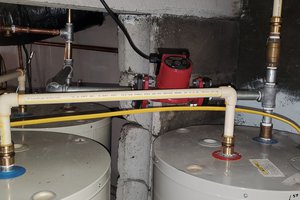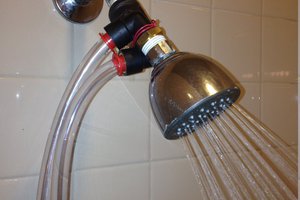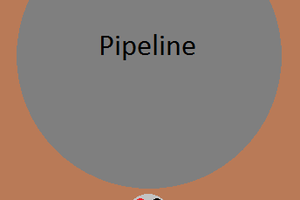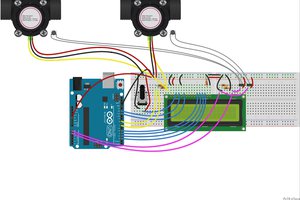Design and Mechanism:
Hard plastic:
Our vaccine box features a 1 cm thick layer of hard plastic covered internally with a thin deposition of copper. Hard plastic was chosen after considering several materials based on thermal conductivity, weight and cost. The inner side of the hard plastic layer is covered with a thin deposition of aluminium which serves the dual purpose of providing a reflective layer to ward off radiative dissipation of heat and stopping the gassing of hard plastic that occurs when exposed to heat or vacuum.
Plastic tub:
The hard plastic tub will serve as the foundational layer for the inner vaccine box, which will hold water and provide stability for the ammonium nitrate box. Owing to the low thermal conductivity of plastic, the plastic tub will act as a thermal insulator, preventing heat transfer and preserving the water at its ideal temperature. The tub will also effectively prevent any leakage of water, which is crucial for temperature maintenance.
Water:
We use a simple reaction - the dissolution of salt in water - to cool down our vaccine vials. We need to take one litre of water for the optimal case. The trade-off is that NH4NO3 has fixed solubility in water but with a higher amount of water it would need to cool down that volume of water. Running a solver, we arrived at one litre of water and 848g of ammonium nitrate.
Ammonium nitrate:
Ammonium nitrate consists of ionic bonds packed tightly together. When it comes into contact with water, the polar water molecules interfere with those ions and eventually make them disperse. It takes energy to do this, which is absorbed from the surroundings and makes the solution cold. While some heat is produced when the ammonium nitrate ions interact with the water molecules (i.e. an exothermic reaction), it is a lot less than what is needed for the water molecules to disperse the strong ionic bonds of the ammonium nitrate, so the overall process is an endothermic reaction or one that absorbs energy from its surroundings. It's for this reason that solid ammonium nitrate is used in commercial cold packs, which are really just a mixture of ammonium nitrate and water.
Solenoid valve:
We use a solenoid valve with a small form factor to fit in our vaccine box. Current is passed through the coil of the solenoid using a MOSFET driver that opens a ferromagnetic material used as a valve. The valve is opened for a specific time interval to allow a predefined amount of NH4NO3 to fall into the water container.
Controller:
We are using an ATMega8 to control the opening and closing of the solenoid valve. Each vial slot has a thermistor attached to it via thermal paste. We use a 10k Ohm NTC thermistor in a resistive divider configuration. There is one thermistor for each vial, hence 10 thermistors in total are connected to the microcontroller through a 16:1 Analog MUX CD74HC-4067. A micro USB port is provided with a CP2102 FTDI USB to UART converter to upload code to the microcontroller. An N-channel MOSFET is used to drive the solenoid valve. An HC-05 Bluetooth module is used to provide error messages to the smartphone of the vaccine transporter over BLE 2.0 (Bluetooth Low Energy).
The microcontroller has a lookup table stored in EEPROM of amounts of NH4NO3 to be released into the solution for cooling based on the number of cooling cycles that have occurred. A state machine is implemented in the controller. There are two states: NORMAL and OVERTEMPERATURE. In the normal state, the microcontroller reads the temperatures from the thermistors and stores them in an array. It also sends temperatures over BLE to the vaccine transporter. It checks each temperature to see if any vaccine vial has exceeded the upper-temperature limit. If that condition happens an over-temperature flag is set. On setting the ‘ovt’ flag, the state machine transitions to the OVERTEMPERATURE state where the solenoid valve is opened for a specific amount of time and the new height is computed. The microcontroller...
 Soham Chakraborty
Soham Chakraborty

 MechaTweak
MechaTweak
 Rjpope42
Rjpope42